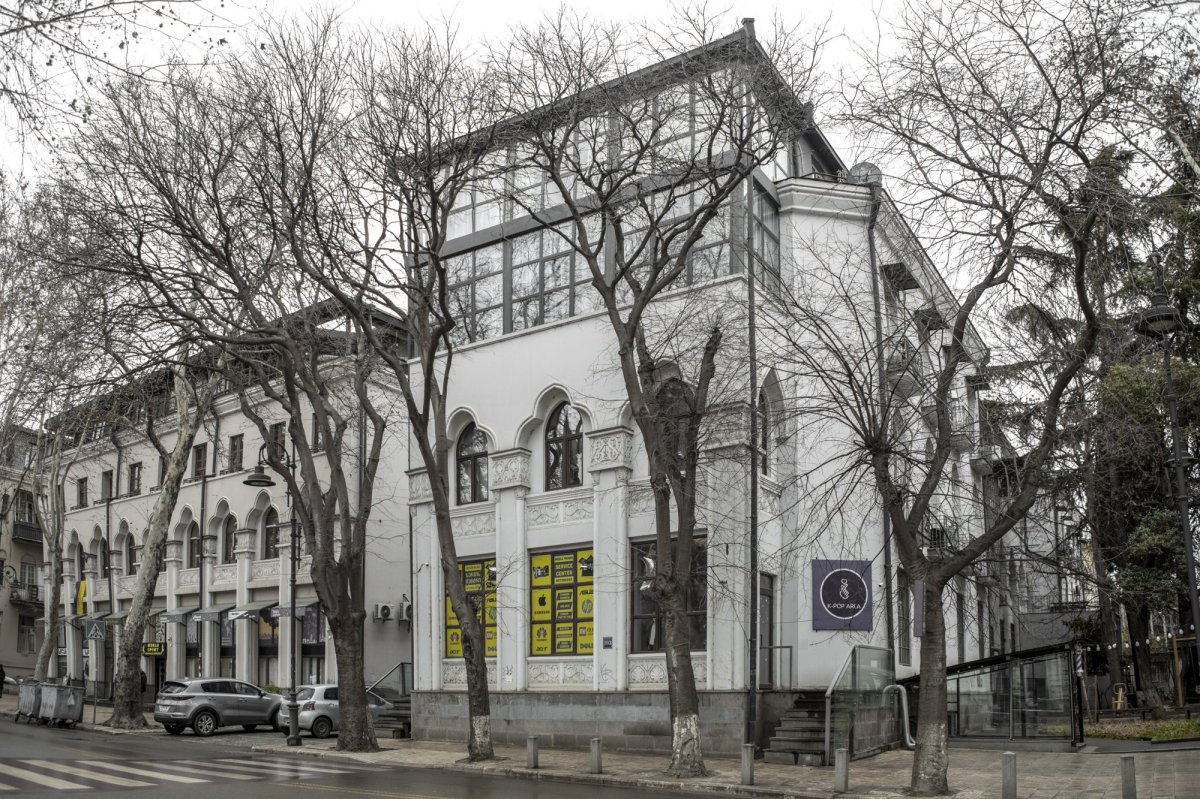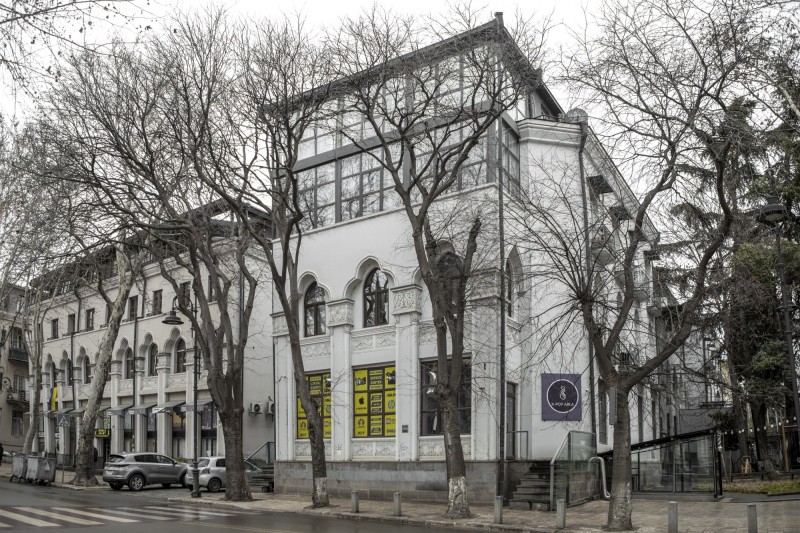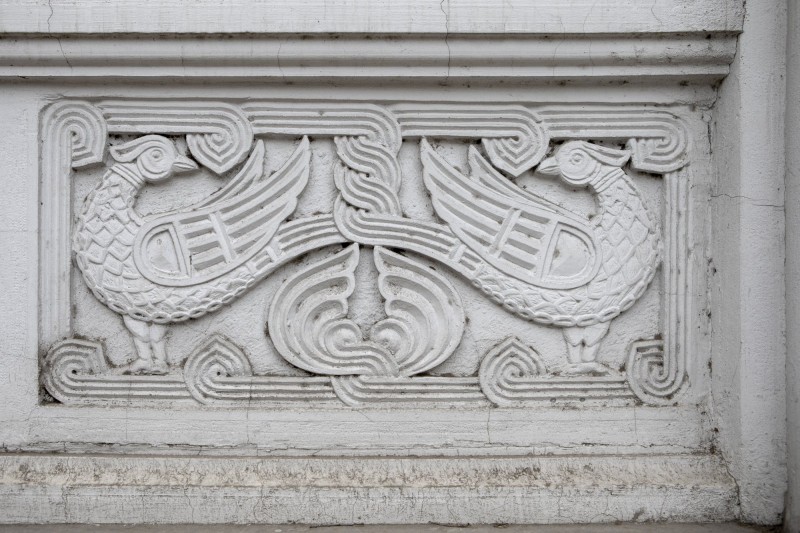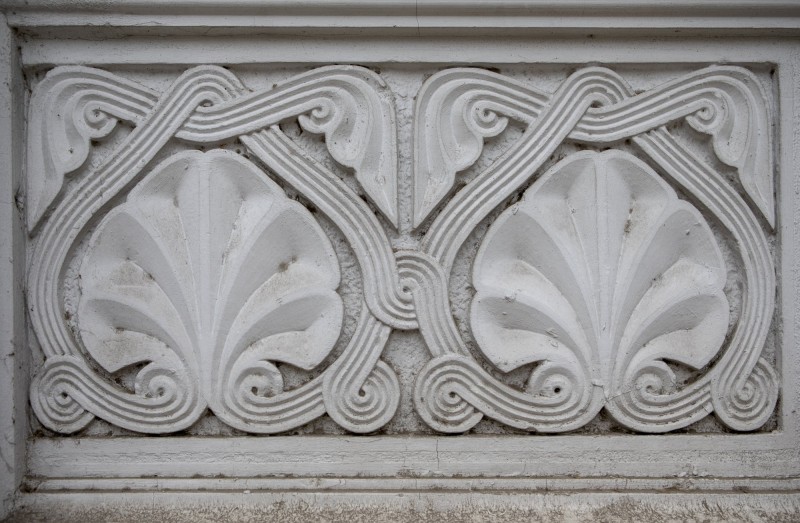
Information in details
The building located at 193, D. Aghmashenebeli Avenue, known as ‘Residential Houses for Tram drivers", is part of a single ensemble built in 1926-1928. It is related to the first wave of widespread construction in Georgia after the establishment of the Soviet government, the so-called first five-year period; It was the first architectural ensemble built by the Soviet government in Tbilisi. In addition, this architectural complex is an important author's work, it belongs to the architect Davit Chisliev, an architect who worked in Tbilisi immediately before the revolution and in the first years of the Soviet government, and whose name is associated with a number of important buildings in the city. From the ambitions of the Soviet government Therefore, in order to increase and improve the housing stock, the city's housing department was established in 1926, which initiated the active construction of housing for the working class of society, as well as for trade unions. A tiered system of population services. Architect D. Chisliev designed 12 residential buildings forming six parallel rows (actually only 8 houses were built). More than half of the area of the quarter was provided for yards, sports, and playgrounds. Bath, laundry, shops, library, canteen, and children's facilities were included in the project. In the artistic-architectural processing of the facades of the buildings, the author refers to the local national architectural tradition and uses the decorative motifs of the Georgian temple architecture of the Middle Ages, which is expressed in the use of stylized plant and animal ornaments. Chisliev tries to "translate" the modest scale and chamber-like wooden balcony house of Tbilisi into the larger and more pompous language of the multi-apartment housing of the Soviet capital. From the point of view of cultural heritage, this building (along with the other 7 buildings included in the ensemble) is important, on the one hand, as an experimental author's work with an interesting artistic-architectural solution, and on the other hand, as the first architectural ensemble built by the Soviet authorities in Tbilisi.


 თბილისი, Davit Agmashenebeli Ave N193
თბილისი, Davit Agmashenebeli Ave N193
 41.7206415, 44.7893804
41.7206415, 44.7893804









